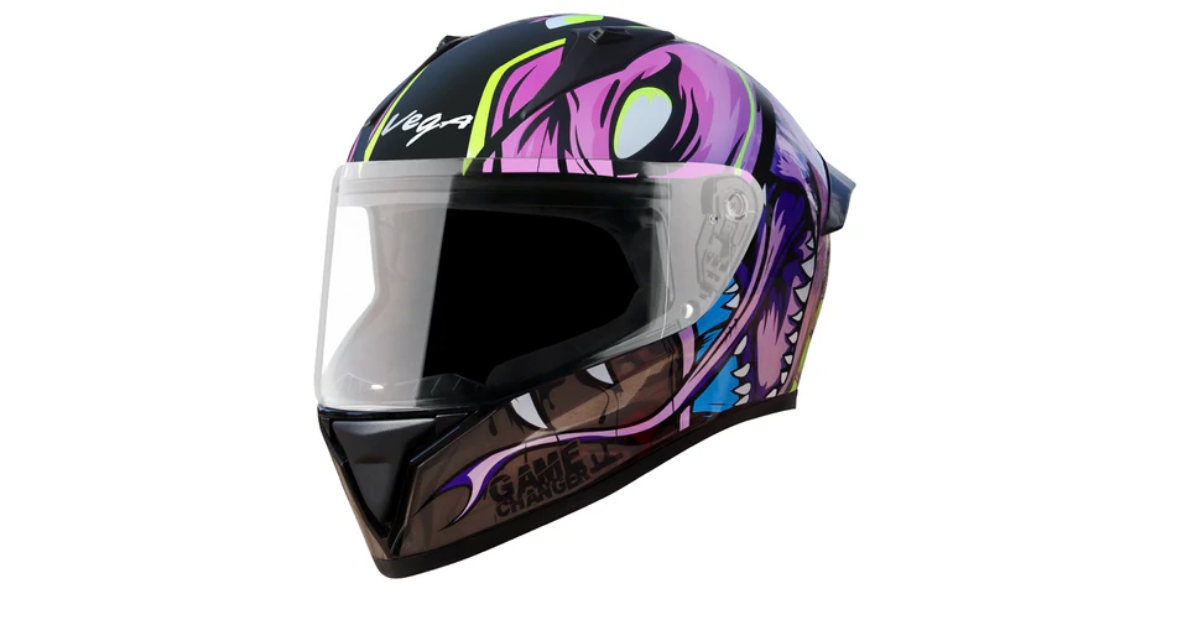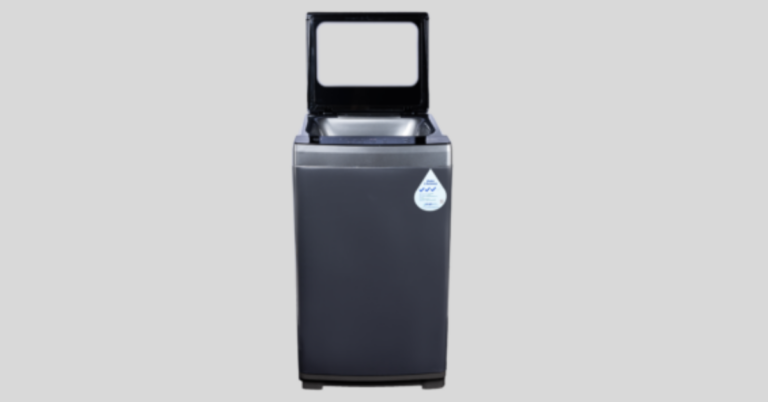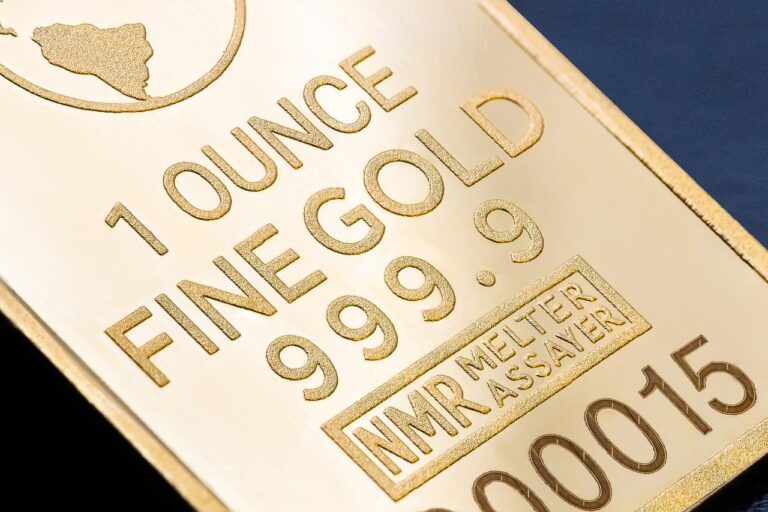Helmet For Men: Why It’s More Than Just A Safety Gear
When it comes to road safety, few accessories are as crucial as a Helmet For Men In fact, beyond just being a legal requirement in many countries, a helmet serves as the first line of defense in case of accidents. Whether you’re riding through busy city streets or cruising along a highway, the right helmet can mean the difference between a minor injury and a major tragedy. A quality helmet not only ensures protection but also provides comfort, style, and functionality — aspects modern riders are increasingly prioritizing.
The Importance of Wearing a Helmet
Riding a motorcycle, while thrilling, comes with its set of risks. According to various global and national road safety statistics, two-wheeler riders are among the most vulnerable on the road. Head injuries account for the majority of fatalities and severe injuries in motorcycle accidents. A helmet reduces the risk of head injuries by absorbing impact energy, shielding the skull, and minimizing the chances of brain damage.
For men who ride regularly, choosing a helmet isn’t just about following the law — it’s about ensuring peace of mind every time they’re on the road. Wearing a helmet isn’t just a choice; it’s a responsibility toward oneself and one’s family.
Types of Helmets Available for Men
While the term helmet for men covers a wide variety of helmet types, it’s essential to know the differences and pick one based on your riding needs:
-
Full-Face Helmet
This is the most comprehensive type of helmet, offering maximum protection by covering the entire head and face. It’s ideal for highway rides, offering safety against high-speed impacts, dust, and wind. Most full-face helmets come with ventilation features and aerodynamic designs that enhance riding comfort. -
Open-Face Helmet
Also known as a ¾ helmet, it covers the top, sides, and back of the head but leaves the face exposed. This type is suitable for low-speed city rides and provides a feeling of openness while maintaining a decent level of protection. -
Modular Helmet
A hybrid between full-face and open-face helmets, modular helmets come with a flip-up front that provides versatility for riders who need both protection and convenience. -
Half Helmet
This style offers minimal coverage — only for the top of the head. While it might appeal to those looking for a lightweight and breezy option, it provides the least protection among all types. -
Off-Road Helmet
Designed for dirt biking or motocross, these helmets come with elongated visors and chin guards. They’re lightweight but not ideal for street riding due to lack of noise insulation.
What To Consider When Buying a Helmet
When shopping for a helmet for men, several factors need to be taken into account:
-
Fit and Size:
A helmet must fit snugly without being too tight. An ill-fitting helmet can either be uncomfortable or dangerous if it comes off during a crash. -
Safety Certifications:
Look for helmets certified by standards such as DOT (Department of Transportation), ECE (Economic Commission for Europe), or ISI (Indian Standards Institute). These certifications ensure that the helmet meets specific safety benchmarks. -
Ventilation:
Adequate airflow is vital for comfort, especially in warmer climates. Look for helmets with multiple vents that keep the rider cool and reduce sweat buildup. -
Padding and Comfort Liner:
A good-quality helmet will have soft, breathable inner padding that cushions the head and absorbs sweat. -
Visor Quality:
Clear, anti-fog, and scratch-resistant visors are essential for better visibility. Some helmets offer tinted or sun visors for daytime riding. -
Weight:
Lightweight helmets are more comfortable for long rides. However, the helmet should not compromise on durability for the sake of being light. -
Design and Aesthetics:
Modern helmets come in a range of colors, graphics, and finishes. Many men prefer neutral or dark shades like matte black, gunmetal, or carbon fiber finishes, although there are plenty of bold designs for those who want to stand out.
Benefits of Investing in a Good Helmet
Purchasing a quality helmet for men isn’t just an investment in gear, but an investment in life itself. Here are some key benefits:
-
Enhanced Safety:
This is the most obvious benefit. A high-quality helmet significantly reduces the risk of fatal injuries during an accident. -
Weather Protection:
Helmets shield riders from rain, wind, dust, and harsh sunlight, making the ride more comfortable and safe. -
Noise Reduction:
Good helmets reduce wind noise, allowing the rider to stay focused and less fatigued on long journeys. -
Improved Confidence:
A secure and comfortable helmet boosts a rider’s confidence, knowing that they’re well-protected and well-equipped. -
Legal Compliance:
In most countries, wearing a helmet is mandatory. A certified helmet helps avoid penalties and legal hassles.
Maintenance and Care Tips
Even the best helmet can lose its effectiveness without proper care. Here are some basic maintenance tips:
-
Clean the outer shell and visor regularly with mild soap and water.
-
Wash or replace the inner lining as per the manufacturer’s guidelines.
-
Store your helmet in a cool, dry place away from direct sunlight.
-
Avoid dropping or mishandling the helmet to prevent structural damage.
-
Replace your helmet every 3-5 years or immediately after a crash.
Choosing the Right Helmet for Your Riding Style
Every rider is different, and so are their helmet needs. If you commute daily in heavy traffic, a full-face or modular helmet with strong ventilation will suit you best. If you ride leisurely on weekends or participate in off-road events, an off-road helmet might be the ideal choice. Understanding your riding habits will help narrow down the perfect helmet for men that meets your safety and comfort needs.
Final Thoughts
A helmet for men is more than just a piece of equipment — it’s a symbol of responsibility, self-care, and riding culture. With advancements in design, technology, and safety standards, modern helmets offer an unparalleled mix of protection and comfort. Choosing the right helmet is not a decision to be taken lightly. It should be based on safety certifications, comfort, style, and your unique riding preferences.
Don’t treat the helmet as just a mandatory accessory. Consider it your most important riding companion — one that could save your life one day.







